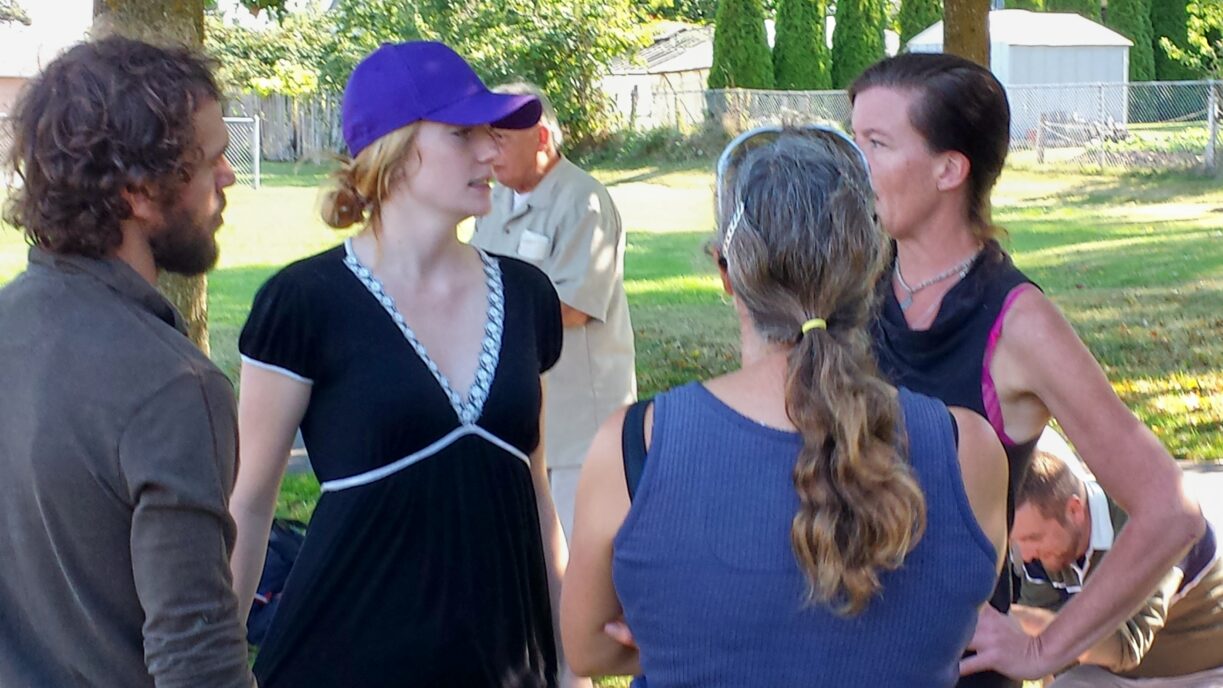
Iterations of a Medical Device Career Path
We all go through many iterations of our career. Most people these days have on average 5 different careers in their lifetime. It’s a great way to keep rediscovering and rebranding yourself, and also a great way to get 5 retirement parties out of life!
When I was in high school, I was a prospective medical student. I always wanted to be a doctor and had planned my educational choices around this goal. I applied to the University of British Columbia (UBC) for a Bachelor of Science and was all ready to head off down that career path.
However, in my last year of high school my teachers encouraged me to consider engineering because of my strong skills in math and physics. When exploring this option, I was surprised to hear all of the praise for studying and practicing engineering. Engineering would be a career path where I could solve problems, tackle the world’s most pressing issues, and develop my hands-on skills. I decided to give it a shot, with the idea in the back of my mind that I could always study medicine after graduation.
In my first year of engineering I was drawn even more passionately to the field because I discovered the opportunity to become a biomedical engineer. This is where I could combine my technical skills with my desire to make a positive impact on the world and the health care industry. Over the next few years I learned as much as possible through my coursework and projects, and also tested the waters with a few co-op work terms.
I made sure that my co-op terms were relevant to my biomedical engineering direction. I did one work term with the UBC Brain Behaviour Lab and assisted with studies of stroke and Parkinson’s patients. Another work term was with StarFish Medical, a medical device manufacturing company in Victoria, BC. Both work terms showed me very different ends of the spectrum of this field of work. I discovered what type of day-to-day tasks I would do in a biomedical engineering job. I also had a desire to improve the quality of life of people living in the developing world, so I did two co-op terms with Engineers Without Borders.
A great element about co-op is the job prospect it can offer you upon graduation. When I finished my degree I was offered a job with StarFish Medical and began to work in medical technology design and development. I have worked with StarFish for several years, and throughout this journey I am continually checking in with myself to see if I am still growing and learning.
My supervisors are very supportive and eager to help me explore other avenues and other roles within the company to ensure I’m continually learning and advancing. Even though you can enjoy a company and what they do, it’s very important to find the right role for yourself within it. I started working as an electrical engineer but found myself stuck behind a computer too frequently, and not engaging enough with people, and so I later changed my position to that of a Quality Assurance Specialist.
Due to my passion for creating a positive impact in the world I still have a yearning to work more with developing countries and to promote social justice. My next career move may be towards designing medical technology for the developing world. Whatever it is, a truly fulfilling career path should be about re-evaluating, re-discovering yourself, and making sure you are continually growing and learning.
Annelies Tjebbes is a former QA Specialist and Biomedical Engineer at StarFish Medical. A 2012 UBC graduate, Annelies blogs about her experiences transitioning from academics to entrepreneurial medical device commercialization.
Images: StarFish Medical
